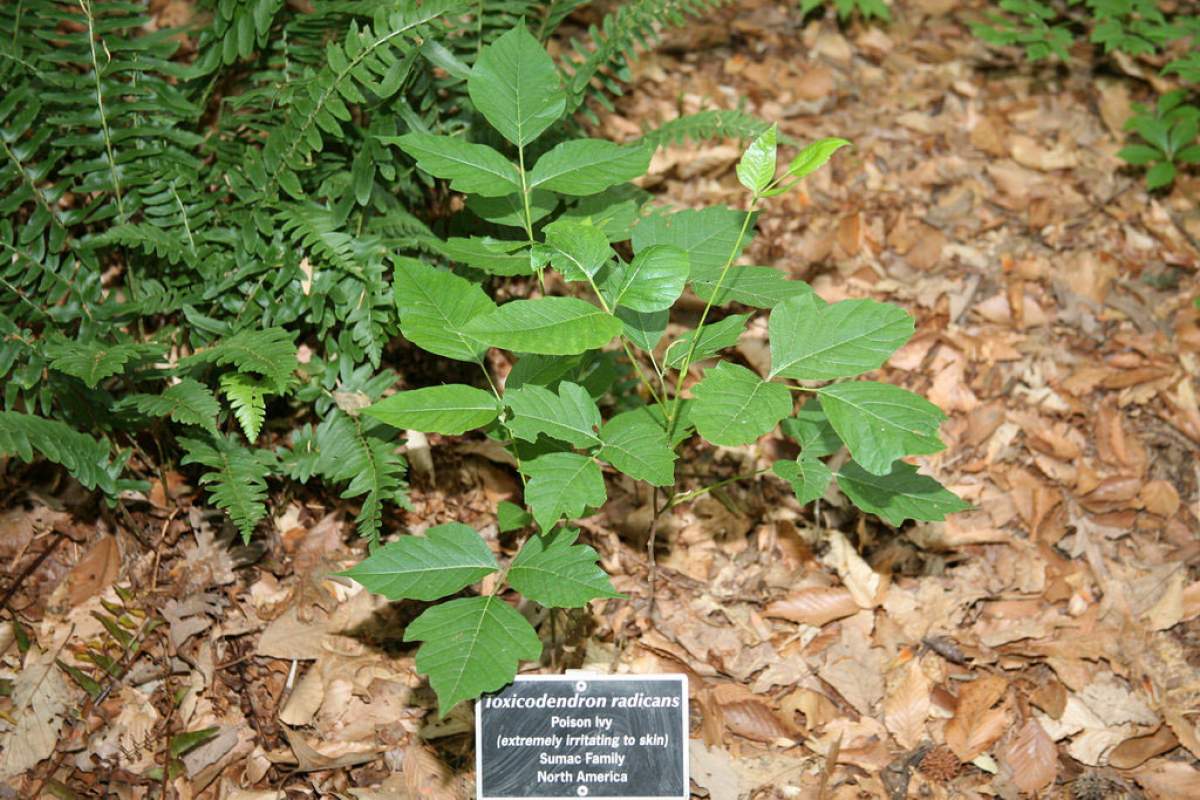
By now enough evidence has piled up to convince most people that global warming is a troubling fact.
Sure, there will always be a few Michael Crichton types who deny the reality or seriousness of the problem. But the vast majority of climate scientists understand global warming as a man-made disaster in the waiting.
As greenhouse gasses build up in the atmosphere, temperatures rise and glaciers melt. Melting glaciers mean rising ocean levels, which could lead to heavier rainfall in some areas, drought in others, and a host of other weather and climate changes.
3x Poison Ivy
According to researchers at Duke University, we can add yet another global-warming related outcome to the growing list: larger and more potent poison ivy. The scientists grew poison ivy in a nearby forest where they had increased carbon dioxide levels to what they might be in 2050.
The result was Little Shop of Horror-ish. The carbon-dioxide enhanced poison ivy grew nearly three times larger than normal poison ivy. What's worse, CO2-rich ivy also produced more urushiol, the chemical that causes poison ivy's characteristic rash.
Poison ivy is no picnic. Over 350,000 hikers, campers, and backyard gardeners get it every year, and although the rash is usually easy to treat, it can cause serious discomfort. One thing we don't need, it seems safe to assume, is an even more potent strain of the noxious plant.
Sources And Further Reading:
- Duke University. "More Pernicious Poison Ivy." October 1, 2006. Accessed April 25, 2018.
- Mohan, Jacqueline E. Ziska, Lewis H. Schlesinger, William H. Thomas, Richard B. Sicher, Richard C. George, Kate. Clark, James S. "Biomass and toxicity responses of poison ivy (Toxicodendron radicans) to elevated atmospheric CO2." PNAS June 13, 2006. 103 (24) 9086-9089; https://doi.org/10.1073/pnas.0602392103
- Sandalow, David B. "Michael Crichton and Global Warming." Brookings. January 28, 2005. Accessed April 25, 2018.
- Ziska, Lewis. Norris, Michelle. "Poison Ivy Growing Faster, More Virulent." NPR: Science/All Things Considered. July 20, 2010. Accessed April 25, 2018.









